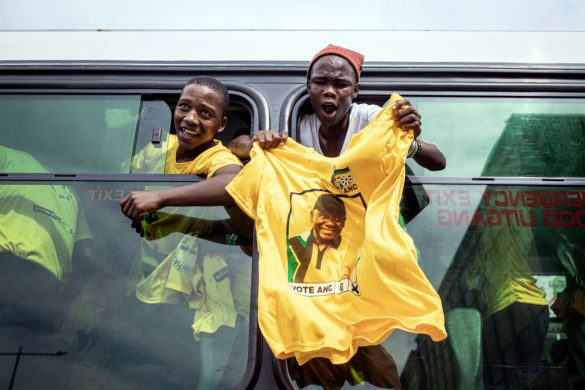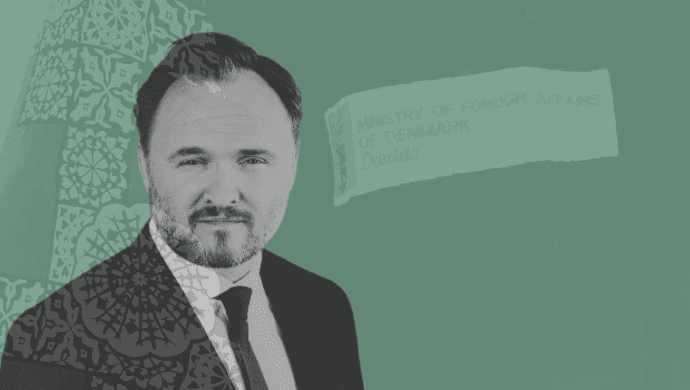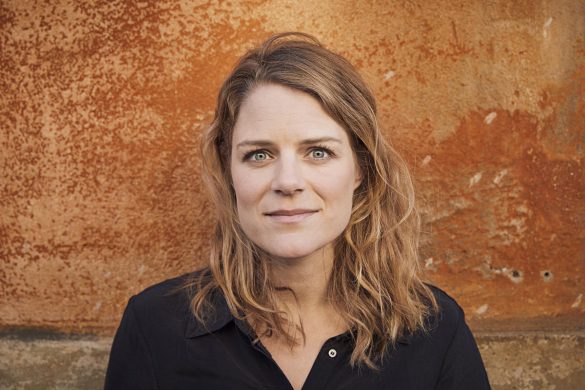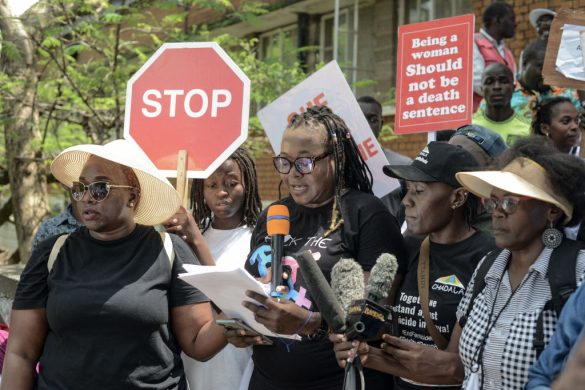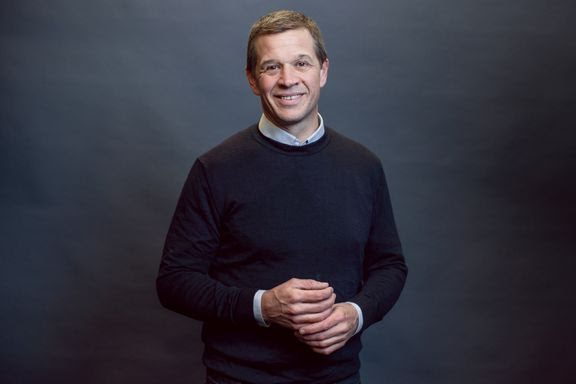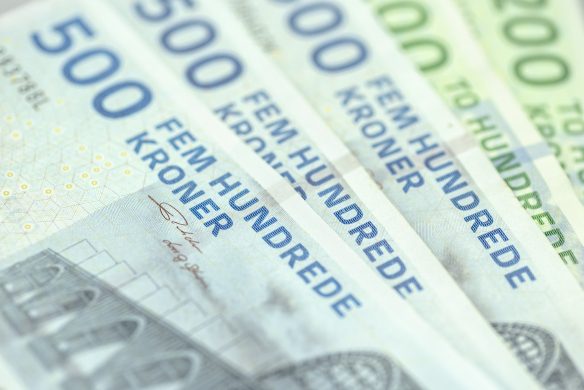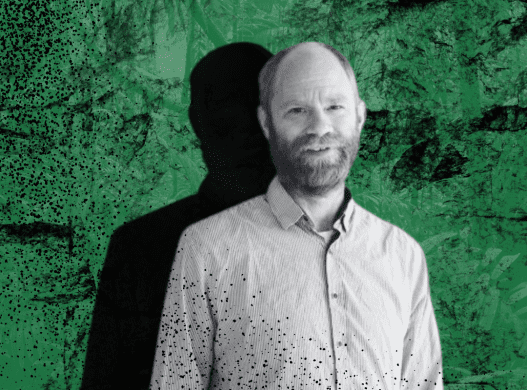Aktivister fra organisationen Health GAP demonstrerer onsdag aften dansk tid foran det danske generalkonsulat i New York.
De protesterer mod den danske regerings nedskæringer i bidraget til Den globale fond for bekæmpelse af AIDS, tuberkulose og malaria.
Fonden er med til at finansiere forebyggelse og behandling af de tre sygdomme.
Læs også: Global fond har reddet 17 millioner liv siden 2002, men Danmark vil spare (17.12.2015)
Danmark har støttet fonden i ti år men da regeringen skulle udmønte sine besparelser på udviklingsbistanden faldt et af valgene på bidraget til fonden.
Under den tidligere SR-regering lovede Danmark at give 165 millioner kroner om året i to år. Det beløb har Venstre-regeringen skåret til 100 millioner i 2015 og 50 millioner i 2016. Altså en reduktion fra 330 millioner til 150 millioner.
Ifølge organisationen Health GAP vil deres aktivister foretage en såkaldt ”die-in” – altså lade som om de falder døde om foran generalkonsulatet. Det sker kl 19.30 dansk tid – kl. 13.30 lokal tid.
I en pressemeddelelse skriver organisationen bl.a.:
[The cut] to the Global Fund to Fight AIDS, TB and Malaria is a shocking breach in the commitments previously made by the Danish government that will have deadly consequences for people living with HIV in high burden countries.
The Danish government has long been a leading supporter of the Global Fund to Fight AIDS, TB and Malaria, a multilateral program that saves more than 2 million lives each year in low and middle-income countries, contributing $321 million to the Global Fund to date.
Now, they are leading a devastating trend among other European donor countries to scale back their contributions.
These drastic funding cuts come at a time when scientists, public health experts, and governments have all called for accelerated financial investments to fast-track the end of AIDS.
Due to enhancements in treatment and prevention science, the end of AIDS is now imminently possible with drastic scale-up of access to these services.
But this opportunity is fleeting, and without increased financial investment from donor countries worldwide, the gains in the AIDS response over the past decade are threatened.
The world must scale-up access to HIV treatment and prevention now or risk a resurgence of the epidemic levels we have seen in the past.
With the Global Fund replenishment conference to convene later this year, now is the time for donor countries to reverse their proposed budget cuts and keep their promises to fully fund the 2017-2019 grant cycle.
With sustained commitment from donor countries, the world could see the end of the AIDS epidemic by 2030.



